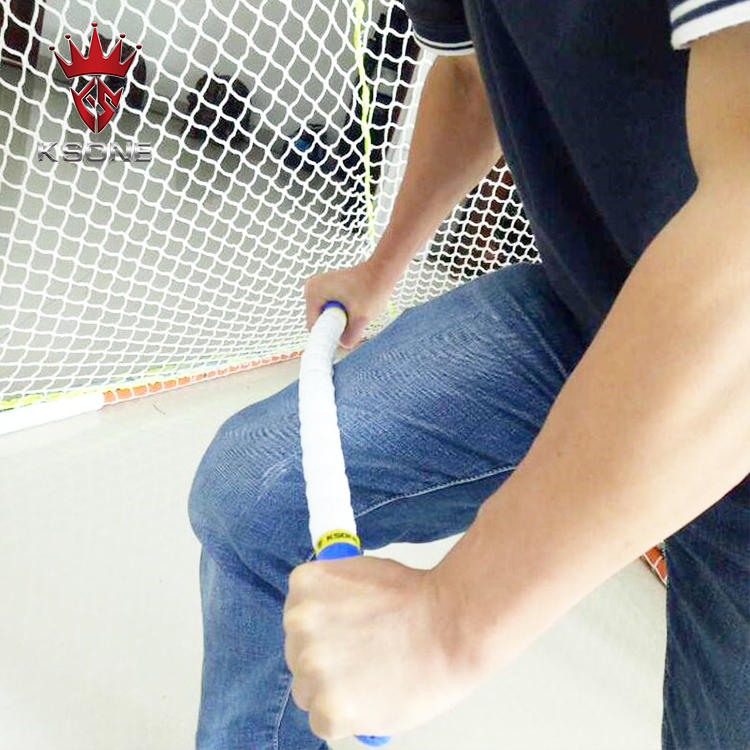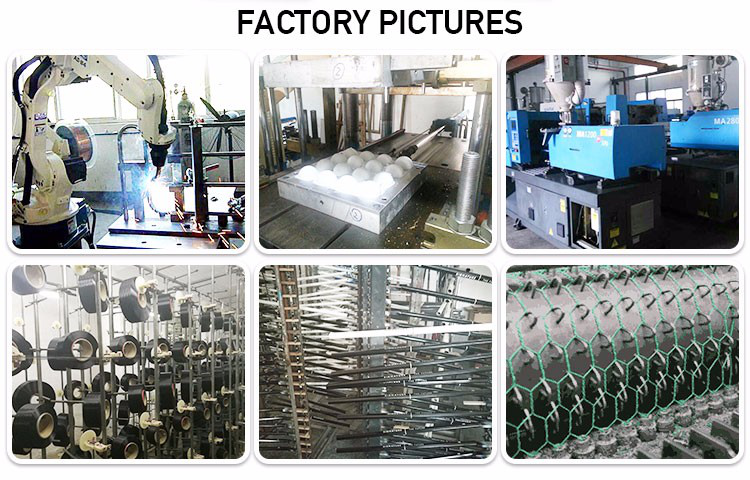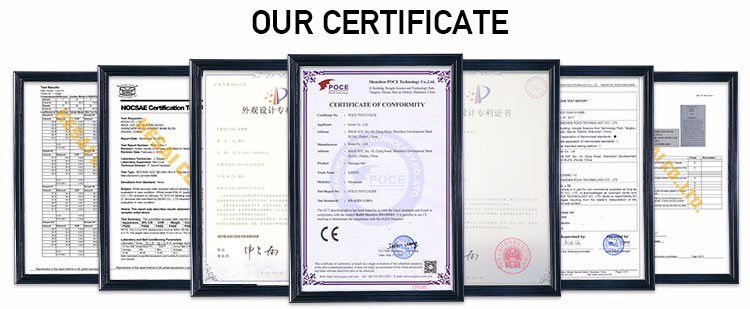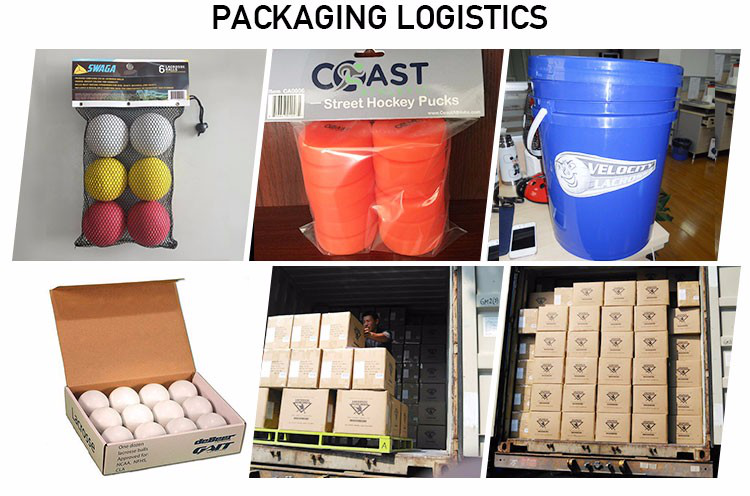Fayyou Sport Co., Ltd.,subsidiary of Zhuhai Kesai Co Ltd. founded in 1997, is specialized in producing and promoting sports products including lacrosse,hockey, crossfit and massage products.
Packing
First, the meaning of opacity and transparency
In general, opacity is a basic property of printed paper and is one of the most important indicators, referring to the ability of a material to block light transmission. Although the opacity is determined by the total amount of transmitted light, the contrast of the paper is often used to describe the opacity of the paper. The contrast ratio is the ratio of the diffuse reflectivity of a single sheet backed by a black body to the diffuse reflectance of a backing white body.
Common representations of opacity are TAPPI opacity, print opacity, and IGT print opacity. In the field of printing paper, it mainly refers to the ability of the paper to hide the phenomenon existing underneath or on its reverse surface when the upper surface of the paper is illuminated with diffused light and when the normal eye looks at the paper under simulated sunlight. There are also many factors that affect the opacity of paper. In theory, any factor that can increase the scattering ability and absorptivity will affect the opacity of the paper, including the reflectivity, the wavelength of the measured light, the dye, the quantitative, and the pulping. Wet pressure, apparent density, filler, wax, slurry, etc. For print-through, it refers mainly to what is printed on one side of the paper and can be seen partially on the other side. There are many cases of penetrating, including revealing, striking, etc. The causes of the print-through are various, and the printing pressure, the structure and opacity of the paper, the penetration of the ink into the paper, and the printing operation process are the main factors that affect the print penetration. If the print-through value is expressed as PT, then:
PT=PTST+PTPP+PTVS
Among them, PTST indicates that the paper is translucent due to the back of the paper, PTPP indicates the strike-through component due to the penetration of the pigment in the ink, and PTVS indicates that due to the separation of the binder in the ink, the pores of the paper penetrate into the pores of the paper to replace the air. ingredient. As can be seen from the above equation, the degree of penetration depends on both the degree of penetration of the paper by the ink and the opacity of the paper itself.
For the definition of the print-through value, the quality standard of the domestic papermaking industry is based on the opacity of paper to evaluate the after-printing of paper. Obviously, transparency is affected by opacity, and the lower the opacity, the higher the visibility will be. However, many papers with the same opacity have completely different levels of transparency. It is inaccurate that the issue of interaction between ink and paper is not fully understood, and opacity alone is used to predict print-through problems.
Generally speaking, through-printing is determined by the combination of the penetrability of the ink on the paper and the opacity of the paper itself. The total transparency can be expressed by the formula:
G=GST+GIP
Among them, GST is the component produced by directly revealing marks, and GIP is the component produced when the ink penetrates into the paper. Analyzing two different components makes it easier to identify the factors that affect printing. No matter the permeability of the paper surface or the transparency of the paper itself, it is related to the composition of the paper itself and the papermaking method. It is clear that the characteristics of the paper are more conducive to the analysis of the relationship between paper transparency and transparency.
Second, the other factors affecting printing
Through analysis, it can be clearly seen that opacity has a certain effect on printing. However, this effect is not a factor that affects the transparency of printing. The reasons that affect transparency are mainly determined by both paper and ink. In paper, not only Only opacity has an impact on printing, but it also includes papermaking methods and components.
1. Effect of papermaking methods
The paper is formed by the consolidation of pulpy wood fibers. Among them, mechanical pulping and chemical pulping represent two different methods. A lot of lignin is retained in the mechanical wood pulp, and there are many tiny fiber fragments and small particles. Fibers; The lignin in chemical pulps is removed and most of the fibers are retained without excessive fragmentation. Although there is little difference in the material content, it directly leads to a higher opacity for paper made from mechanical pulp than paper made with chemical pulp.
In printing paper, in order to improve the opacity and the surface properties, inorganic filler substances are often added to the ingredients. The opacity of paper is not only restricted by the type of pulp, but also by the amount and type of filler.
2. Effect of Paper Filler Additives
For paper fillers, the difference between opacity and offset can be obtained through research. For a certain amount of ink, the amount of offset on filler-free paper without wood pulp is lower than that without filler. The amount of print-through on mechanical pulp is much higher. Therefore, the addition of filler can increase the opacity, but it does not produce the reduction of the offset effect as produced by mechanical pulp. For a certain printing density, with the increase of filler content will increase the requirements of the ink, especially when using a large amount of ink, when the choice of paper should pay attention to the nature of the paper, there are special requirements, you can use special Additives will greatly reduce the visibility. Of course, the nature of the ink cannot be completely ignored, and the ink has a very important position in the printing process. Therefore, in considering the issue of opacity and transparency, the need to pay attention to the choice of ink and behavior should also be taken into account when determining the performance of paper.
For papers containing different types of mechanical pulping and mineral fillers, although their opacities may be the same, under the standard printing conditions, using an ink, the resulting print-through grade may be very different. of. In the same opacity paper, the paper based on mechanical pulp is better than the paper based on high filler content and chemical pulp.
Massage Stick
Product Description
Product Detail



Our company
Kesai has professional experience in manufacturing, marketing and shipping, providing multiple services. Fayyou Sport was established in 2015 due to increasing sports business volume.




Payment Term

Shipping


Massage Stick
Muscle Roller Stick,Body Muscle Stick,Hard Massage Stick,Massage Foot Stick
FAY YOU SPORTS CO.,LTD , http://www.ksonelacrosse.com